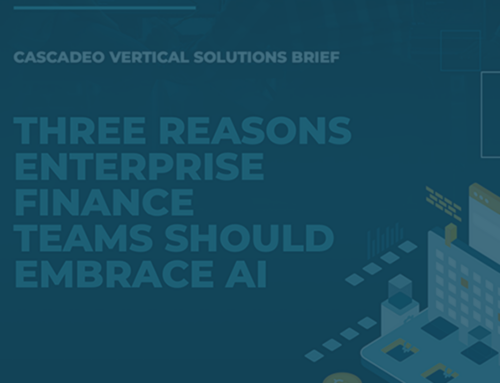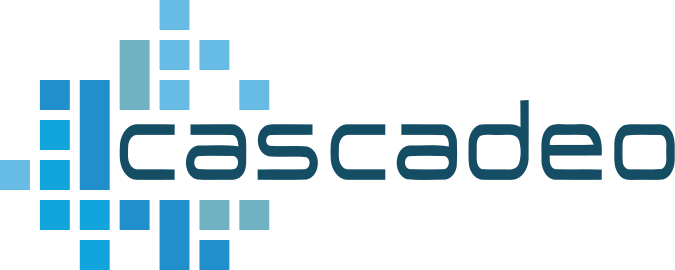
If your legacy deployments seem too complicated and unknowable to migrate, it’s time to investigate. Because you can’t remove a barrier you can’t see, you’re going to need a strong discovery and assessment program to get started in your cloud journey.
Find Out What’s Lurking in Your Architecture
 If you haven’t begun the process of migrating your data and operations to the cloud, chances are good that your legacy system has been accumulating stuff for a very long time. Some of that stuff might be underutilized but valuable, such as data you’ve collected and not fully integrated into your business intelligence and data analytics program. But much of it is simply detritus: data that doesn’t have business value; functions and projects that never panned out or were abandoned mid-stream. It’s not uncommon for dormant malicious breach attempts to hang around for months or years, unnoticed. In other words, your IT system might have a bit more of an undetected hoarding problem than you realize.
If you haven’t begun the process of migrating your data and operations to the cloud, chances are good that your legacy system has been accumulating stuff for a very long time. Some of that stuff might be underutilized but valuable, such as data you’ve collected and not fully integrated into your business intelligence and data analytics program. But much of it is simply detritus: data that doesn’t have business value; functions and projects that never panned out or were abandoned mid-stream. It’s not uncommon for dormant malicious breach attempts to hang around for months or years, unnoticed. In other words, your IT system might have a bit more of an undetected hoarding problem than you realize.
The hazards of hoarding are manifold, of course. In your house, you risk your overall wellness and safety. The same is true in your legacy architecture. Underutilized, abandoned, or stealth functions in your system waste capacity at best, and probably contribute considerably to tech debt. At worst, they present real security threats. They also create a serious impediment to modernization efforts, whether those efforts are part of a full cloud transformation or smaller-scale modernization endeavors. Because you can’t remove a barrier you can’t see, you’re going to need a strong discovery and assessment program to get started in your cloud journey.
A good discovery and assessment program is led by expert engineers who can recognize the hallmarks of abandoned and unwelcome functions, beginning with a deep dive into your IT stack, from infrastructure to applications, with the intention of mapping your existing assets; this is the discovery portion of the process. The major cloud providers and many other vendors offer tools to assist engineers in discovery in order to ensure a thorough inventory. The assessment portion of the process aligns the discovery map to your business goals, processes, and functions to determine what should be kept, what should be refactored, and what can be retired. It may also determine which assets are intertwined and must be maintained or replaced in tandem.
Discovery can also reveal gaps between your stack and more up-to-date apps and functions, and how those gaps have shaped your deployments overall. For example, if you adopted your operating system before the release of current versions, your apps and functions may be hindered by the age and compatibility of your foundational components. So even if everything is working well now, if key aspects of your system are growing dated, your growth and agility will be seriously limited in the future. This is especially true if you’re running a legacy system without composability, which allows your apps and functions to be independently updated or replaced while maintaining functionality everywhere else.
Your discovery and assessment report should eliminate doubt about what’s in your current system, clearing the way for a goal-oriented cloud migration, app modernization, or digital transformation strategy. It also presents an excellent opportunity for reckoning with your operational processes, from scheduled updates all the way up to acquisition and deployment of new functions. If your discovery process reveals a system cobbled together reactively over time, rather than one crafted strategically to be efficient and streamlined, as is often the case with legacy on-prem stacks, the process may prompt you to reconsider not just your tech, but how you operate and manage all aspects of it.
As with most investigations, discovery and assessment are best conducted by experts outside your organization who don’t have a strong stake in maintaining or masking anything that might be found behind the scenes. A vendor-agnostic managed and professional services provider can provide you with a more objective, goal-driven view of your system and expert advice on a future architecture that makes the best use of your resources and data to increase business agility and enable growth at scale for your company’s best possible future.




